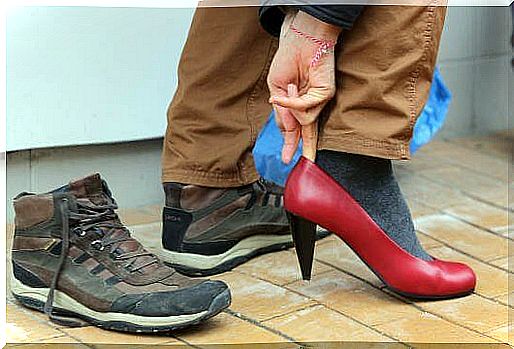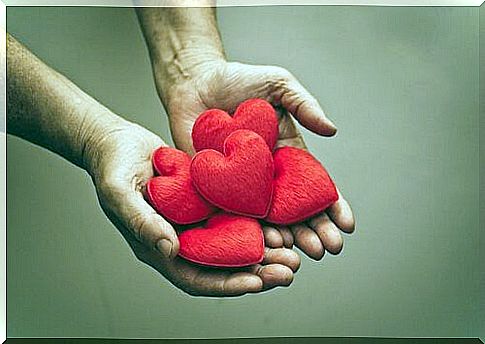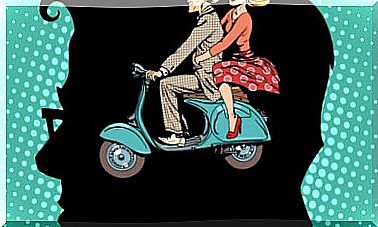The Art Of Understanding Emotions, Empathy

We could define empathy as the ability to put oneself in the place of the other, to understand their vision of reality, their position and their opinions free from prejudice. Empathy can not only help others, but ourselves.
What is empathy and what is it for?
Empathy is putting yourself in the other person’s shoes, being able to understand them, trying to understand what goes through their mind, how and why they feel that way. But it is a vision not from our perspective, but trying to think how the other thinks, with their beliefs, their values …

Empathy starts from validation, from understanding that a person’s feelings are possible in the situation in which they find themselves, even if we have others in the same situation.
Said in simpler words and with an example, not having siblings may not be very important for us, but for someone else it may be. In this situation, the empathic person would move away his “scale of importance” to understand the suffering of the other from “his scale of importance”.
The degree of empathy
There are people who have a natural facility to do what we have described above but there are others who are unable to do it. However, be careful! Sometimes we confuse empathy with another concept that, although it is not the same, is a fundamental part for empathy to occur. We talk about the recognition of emotions.
We refer to recognizing sadness, joy, fear, anger. There are people who are able to quickly identify the emotional state that another person is in and there are others who cannot identify it, being a bit exaggerated, even if they write it on their forehead.
Logically, in this step prior to the most cognitive part of empathy, many variables influence : the familiarity we have with the person who has the emotion, our degree of fatigue, their communicative predisposition, etc.

Empathy has many positive aspects: it facilitates communication, comfort, problem solving, etc. But there is also a negative aspect : continuously living in shoes that are not ours can cause us to create an emotional disconnection with ourselves that can take a very important toll on us.
When do we show empathy?
We can be very empathetic people, but if we don’t show it, if we don’t put it into practice it is useless. Having said that, we are going to list some occasions in which we can use it :
- When we know how to listen and understand the feelings of the other without being so aware of ourselves and our words.
- When we don’t just use words to comfort. Also a hug, a pat on the shoulder, a kiss or a caress makes us more empathetic.
- When we are with someone who has a problem and we help them with a sense of humor for example.
- When we express ourselves with delicacy and courtesy.
- When we do not show boredom gestures towards what others tell us.
- When we do not make a comment we know that it will upset the other.
- When we make an old man or a child understand, for example, that we understand him, that we understand him.
- When we help solve problems and are able to calm others.

When do we not show empathy?
On the contrary, there may also be moments and situations in which we do not show empathy :
- When we believe that our problems are the only ones in the world.
- When we don’t listen to others.
- When we judge and make hurtful comments.
- When we never offer a smile, a kind gesture or a caress to others
- When whenever we do something for others we expect something in return.
Empathy is a good skill to practice as it enables us to understand others. But we must be careful about practicing empathy excessively so as not to disconnect from ourselves.









